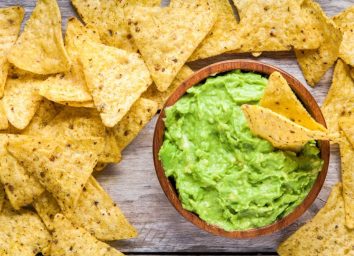20 Secrets Grocery Stores Don't Want You to Know
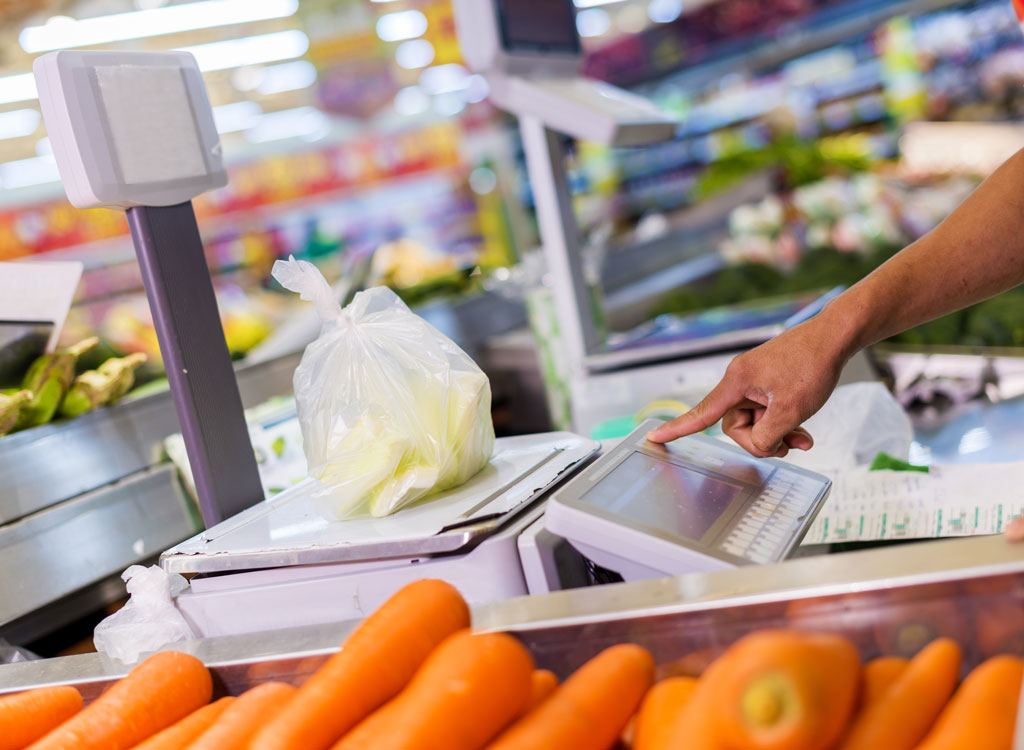
Wanna stay happy and healthy? The truth is, the grocery store is your first stop in building a wholesome lifestyle for you and your family. But it's also a business.
Unless you understand how food marketers have altered the reality of our weekly trips to the supermarket, it's impossible to truly see where the battle lines fall in the fight against fat. See, the food industry spends $30 billion a year on advertising—70 percent of it pitching convenience foods, candy, sodas, and desserts.
And while they're busy using dancing leprechauns and talking teddy bears to sell you on how the new shrink-wrapped food of the month is going to make you the most popular mom or dad on the block, they're obscuring the real story. And the real story is this: The food we consume today is different from the food that Americans ate 30 years ago. And the reasons for that are as simple as they are sneaky. Read on to discover why, compliments of the researchers at Eat This, Not That!, and click here for our essential report: the 50 Unhealthiest Foods on the Planet.
Your Grocery Cart is Bugged

A recent study from the University of Arizona claims that grocery-cart handles are dirtier than supermarket bathrooms, and half of them carry the Escherichia coli bacterium. Prepare ye Wet Wipes, germaphobes!
They Drive Your Senses Senseless

Those delicious in-store product samples that you find in every specialty supermarket? They not only whet your appetite for the product, but also encourage you to buy more food overall, according to a study from Arizona State University. In fact, the research indicates that even the smell of cooking food might contribute to this effect. The stores are well aware of this. In fact, The Fresh Market invites you to "help yourself to a sample of freshly brewed coffee" and brags that "fragrant smells fill the atmosphere."
They Drive Calorie Counts Underground

When you buy a package of cookies the complete nutrition information is listed. But when you buy cookies made at an in-store bakery, you won't find calorie counts. That goes for all the bakery items, from the "gourmet muffins" at The Fresh Market, to the "bakery fresh chocolate chip cookies" at Trader Joe's, to the "gluten-free vanilla cupcakes" at Whole Foods. For perspective, just one of those Whole Foods cupcakes packs 480 calories. (The calorie count is listed online, but not in the store.) Knowing those numbers is critical: University of Mississippi researchers found that unhappy people—who are more likely to overindulge in comfort foods—ate 69 percent fewer calories when they checked the calorie content before digging in. And to burn fat even faster, don't miss these essential 55 Best-Ever Ways to Boost Your Metabolism.
They Make the Junk Look Gourmet
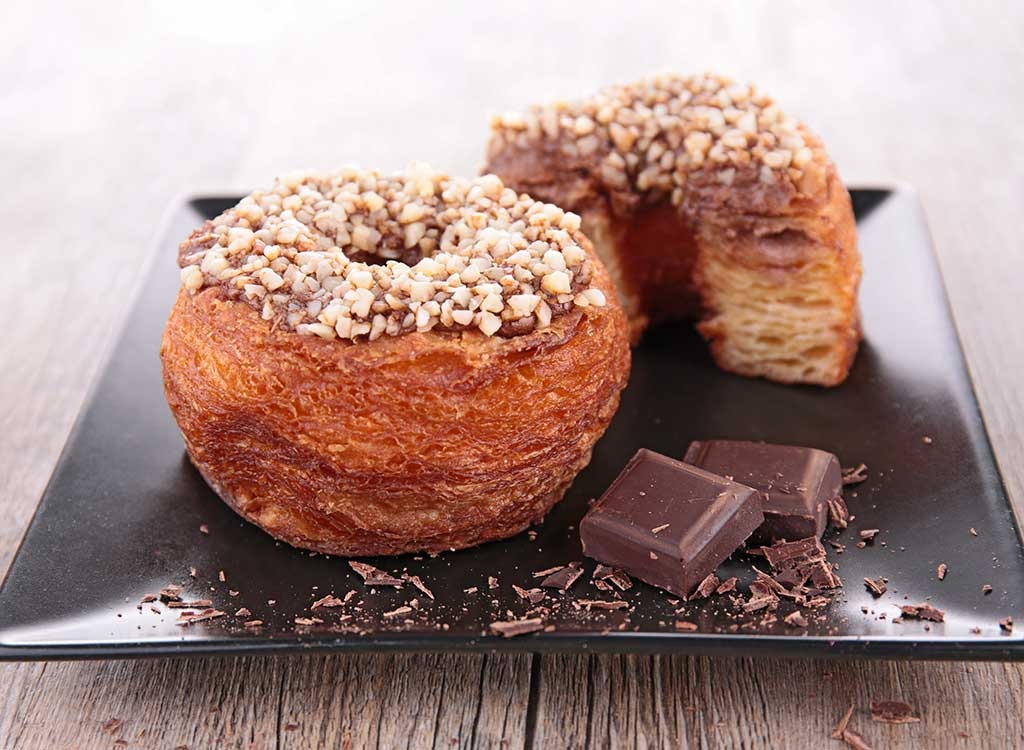
Ever notice that more-expensive products tend to come in fancier packages? Researchers at the University of Michigan recently found that food purveyors may actually use fancy fonts and labels to help justify higher prices. The scientists theorize that attractive fonts and labels give people the perception that they are getting more value for the higher cost. Think about it: Would you like a piece of cake—or a piece of cake.
They Bask in the Health Halo

Do you consider products from specialty supermarkets to be healthier than those from other grocery stores? If the answer is yes, you could be doing your waistline a disservice. When people guess the number of calories in a sandwich coming from a "healthy" restaurant, they estimate that it has, on average, 35 percent fewer calories than they do when it comes from an "unhealthy" restaurant, according to a study in the Journal of Consumer Research. Remember that the next time you reach for that package of Whole Foods' Organic Fruit & Nut Granola. One cup of this "healthy" product contains almost 500 calories.
They Bulk You Up 'In Bulk'
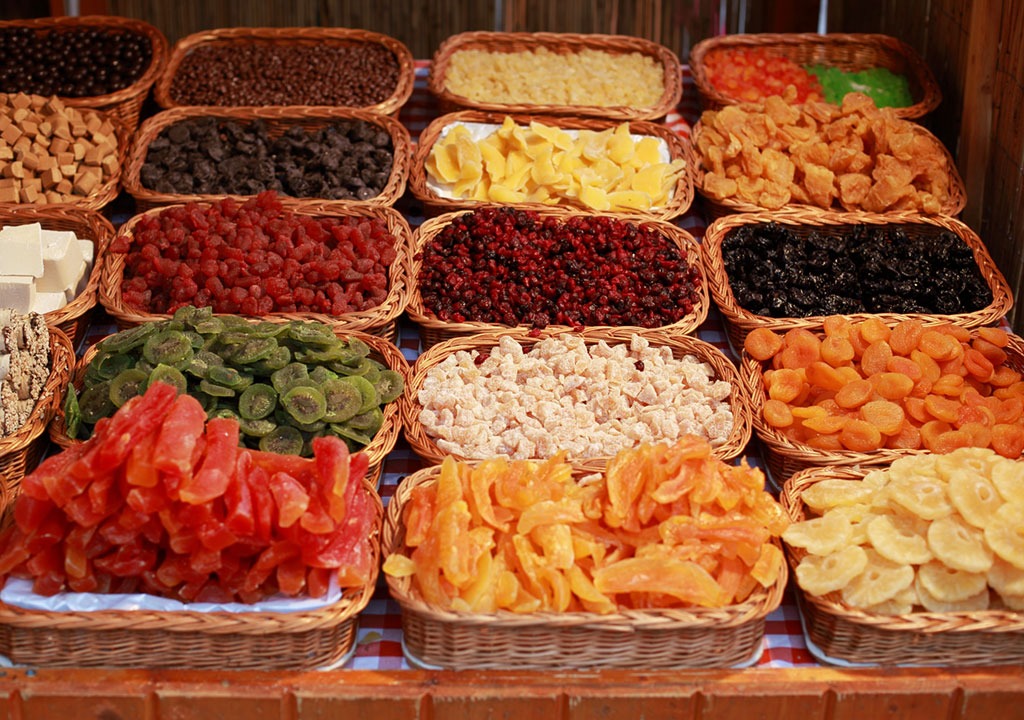
One store claims to have the largest bulk snack selection "in town." But be careful what you buy in this bulk section: It may cause you to look like you fit in there. Why? By filling your own bag with a big scoop, you'll likely underestimate how much you've served yourself. Case in point: A Cornell University study found that nutritionists who were asked to serve themselves ice cream with large bowls and spoons dished out about 57 percent more than those given smaller bowls and spoons. Buy basic staples like spices, grains, and legumes in bulk, but make sure your snacks always come with serving sizes and calorie counts. See: you don't have to cut calories like crazy. Just check out our exclusive report: 30 Ways to Eat More But Weigh Less.
They Buffet Your Belly with Buffets

If you're watching your weight, don't step near the Whole Foods buffet. Cornell University researchers found heavier diners tend to overindulge in buffet settings. (Surprise!) Our real beef: While Whole Foods lists selections' ingredients on the buffet's ID labels, it doesn't provide nutrition information for any of them. And yes, one of the items is macaroni and cheese, or "pasta and cheese," as the chain calls it.
They're Like Vegas

Supermarkets are designed like casinos: clockless and nearly windowless expanses flooded with artificial light and Muzak, places where time stands still. Casinos force guests to navigate a maze of alluring gambling opportunities before they reach essential destinations: restaurants, bathrooms, exit doors. Same goes for the supermarket: The most essential staple foods—produce, bread, milk, and eggs—are placed in the back and along the perimeter of the supermarket to ensure that customers travel the length of the store—and thus are exposed to multiple junk-food temptations along the way.
They Put the Bad Stuff in the Middle
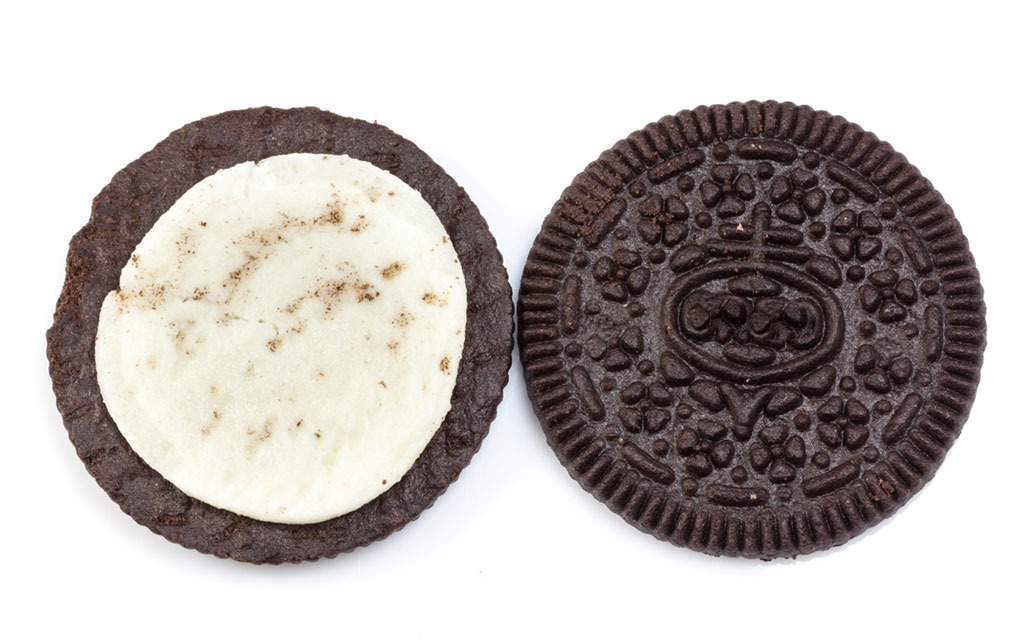
The produce section accounts for only 10 percent of a supermarket's sales, whereas the nutrient-depleted middle aisles make up 26 percent of sales. The most successful (i.e., healthiest) shoppers invert that ratio, spending the lion's share of their dollars in the produce and refrigerator sections and a small percentage in the murky middle aisles.
They Know Where You'll Spend More Money
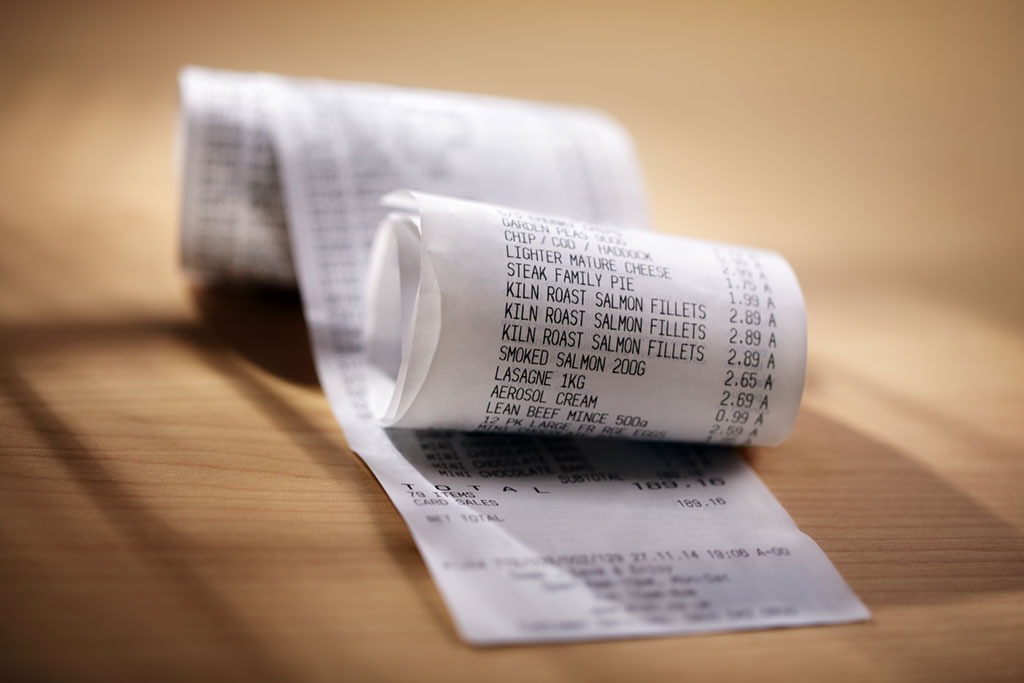
Consumers tend to shop in a counterclockwise pattern, according to a study from the Wharton School, so grocers place the produce section at the front of the store. Why? Because research shows that shoppers who peruse the produce aisle first spend more time and money in the store.
The Manufacturers Pay for Placement
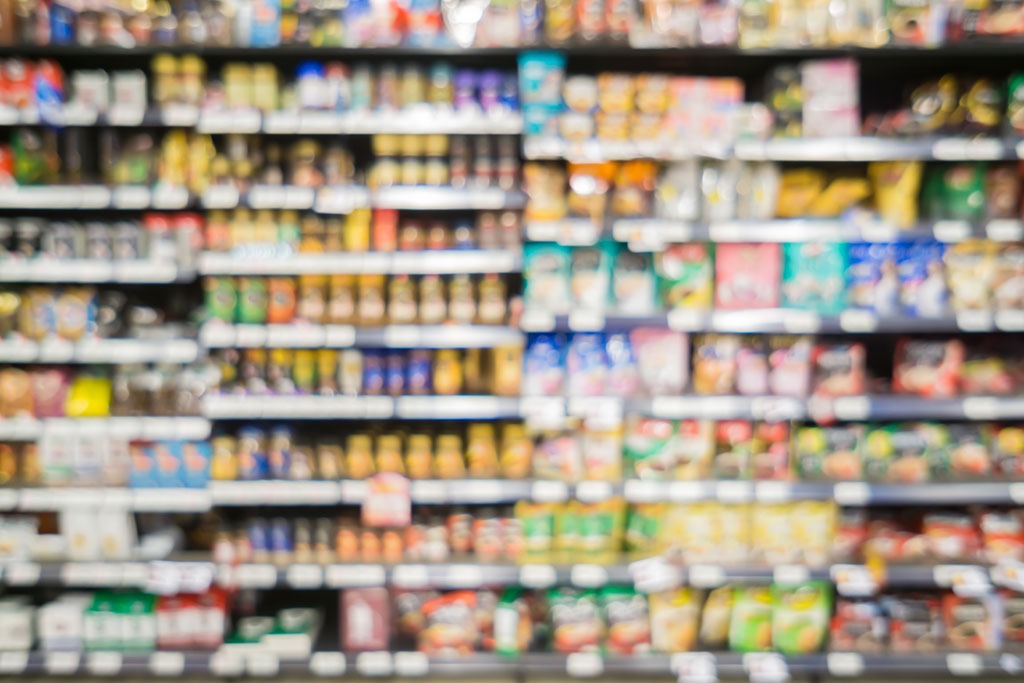
The top eight grocery chains now account for 50 percent of all supermarket sales, and with this increased clout, they're demanding that manufacturers pay higher and higher slotting fees for premium shelf space.By some estimates, manufacturers shell out $100 billion a year in shelf fees, representing more than half of the supermarket industry's profits.
They Make Your Hunt for New Brands

As with the music and movies, sometimes the best stuff is the most obscure. Not only can bigger manufacturers afford better real estate, but they often pay to keep smaller manufacturers off the shelf or in disadvantageous locations. In California, independent bakers filed a lawsuit accusing Sara Lee of paying supermarkets to relegate local bagelmakers to only the top and bottom shelves. Sadly, these lesser-known brands are often healthier and more affordable than their big-name counterparts.
They're Targeting Your Kids

The cereal industry spends more money each year—$229 million—advertising to children than any other packaged food category, according to the Federal Trade Commission. That also means they can afford to place sweet cereals
on the lower shelves to catch the eyes of sugar-starved kids, who can then pester their parents for that colorful box of refined carbs.
They Trick You With Prices
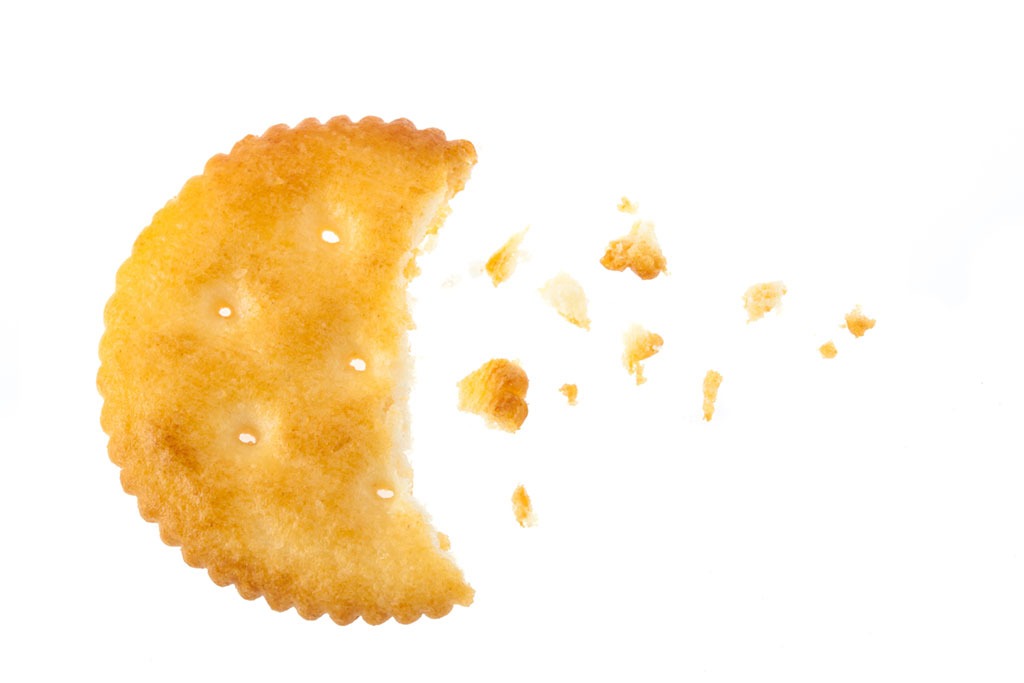
Okay, so one box of crackers costs $4 and the other $4.50. But before you assume the $4 one is cheaper, take a closer look at the net weight. You'll often find that the more expensive box contains more food and, therefore, is actually cheaper. Checking the net weight is also a great way of making sure you're not paying for a lot of packaging, only to get home and discover that most of what's inside the box is air.
They Know You're in a Hurry
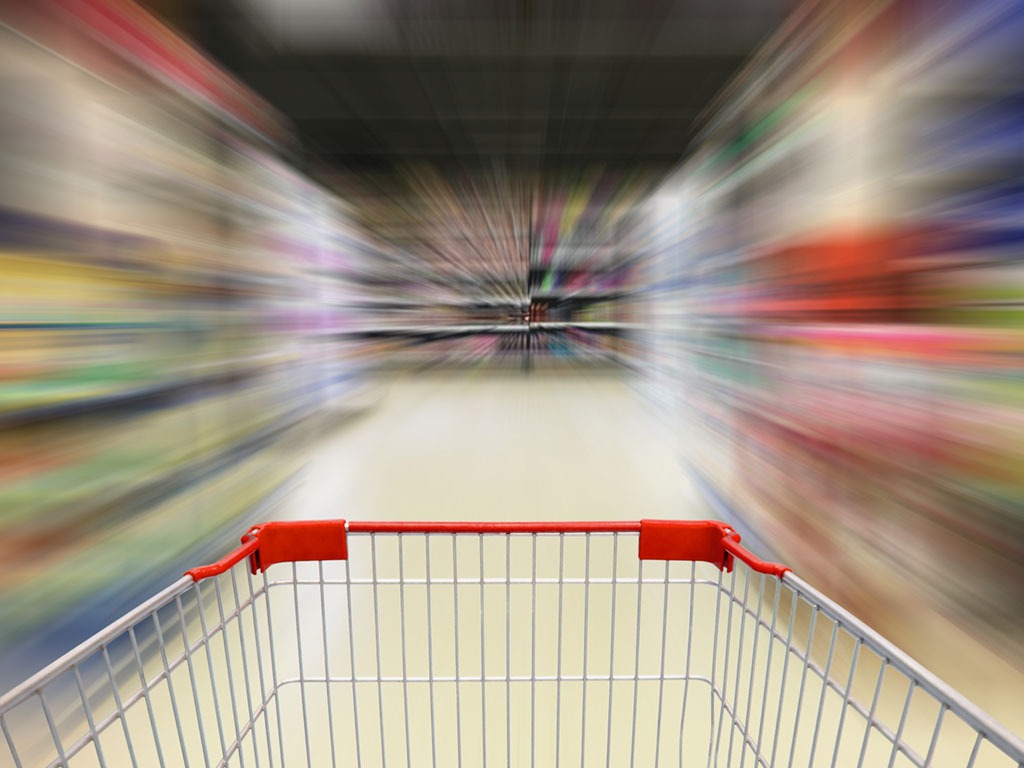
A study supported by the Marketing Science Institute found that shoppers who made "quick trips" to the store purchased an average of 54 percent more merchandise than they had planned to. Instead, be thoughtful in your planning. Keep a magnetic notepad on your fridge and make notes throughout the week about what you need. (Avoiding extra trips will cut down on your gasoline costs as well.)
They've Added Extra Calories to Traditional Foods
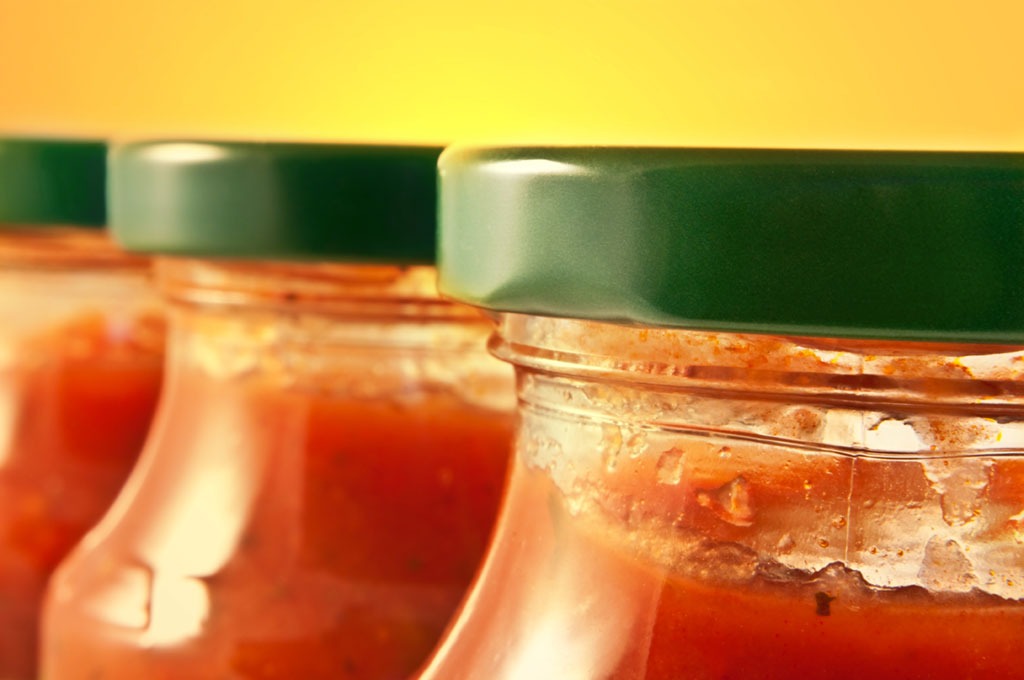
In the early 1970s, food manufacturers, looking for a cheaper ingredient to replace sugar, came up with a substance called high-fructose corn syrup. Today, HFCS is in an unbelievable array of foods—everything from breakfast cereals to bread, from ketchup to pasta sauce, from juice boxes to iced teas. So Grandma's pasta sauce now comes in a jar, and it's loaded with stuff just perfect for adding meat to your bones—and flab to your belly.
They Supersize Their Stuff
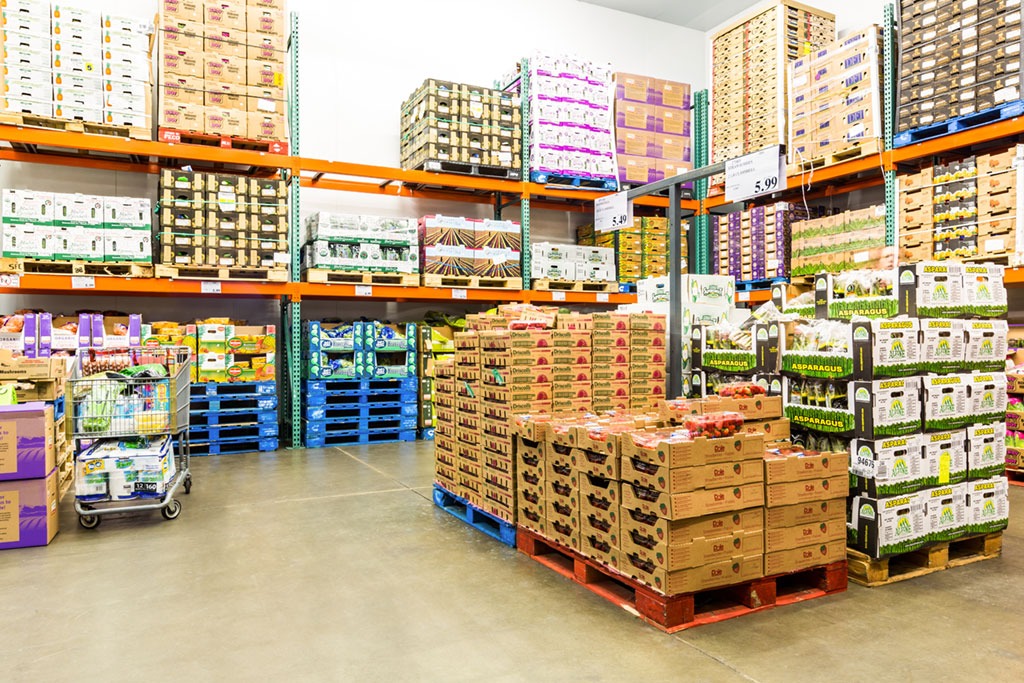
If you can get a lot more food for just a few cents more, then it makes all the sense in the world to upgrade to the "value meal." And since this trick has worked so well for fast-food marketers, your average product in the supermarket has become Hulkified as well. The problem is the way we look at food—we should be looking at cutting down on our calories, not adding to them.
They Want You to Shop Out of Season
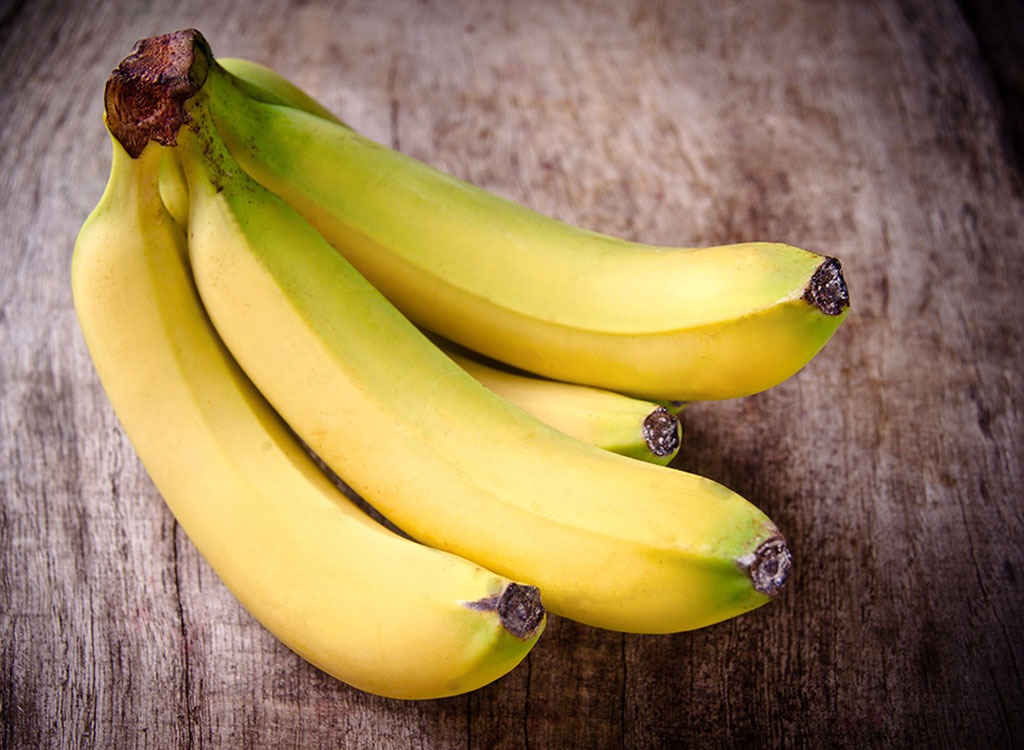
In the Golden Age of the American supermarket, Chilean tomatoes and South African asparagus are an arm's length away when our soil is blanketed in snow. Sure, sometimes you just need a tomato, but there are three persuasive reasons to shop in season: it's cheaper, it's better, and it's better for you. So mark your calendar. For more cool news about your produce, check out these 21 Amazing Things That Happen To Your Body When You Eat Bananas.
Our Fruits and Vegetables Aren't as Healthy as They Once Were
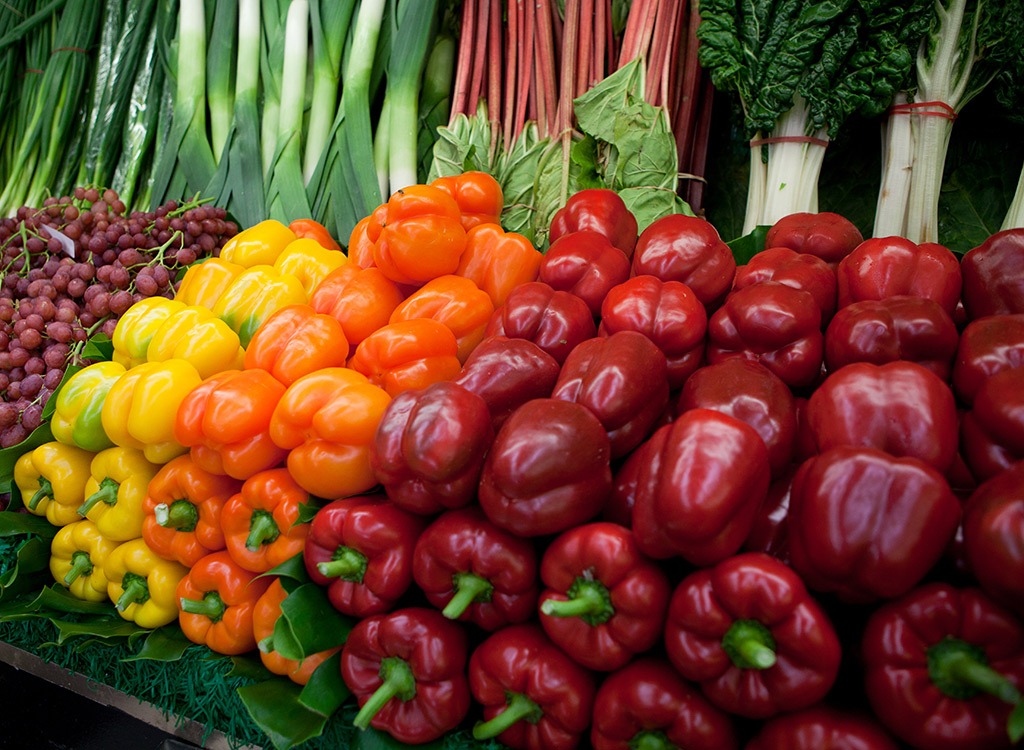
Researchers doing a study that was published in the Journal of the American College of Nutrition tested 43 different garden crops for nutritional content and discovered that 6 out of 13 nutrients showed major declines between 1950 and 1999: protein, calcium, phosphorus, iron, riboflavin, and ascorbic acid. Researchers say it's probably due to farmers' efforts to achieve higher yields because plants that grow faster can be picked earlier. As a result, the plants aren't able to make or take in nutrients at the same rate.
They Hide What's Really In Our Food

More and more, marketers are adding new types of preservatives, fats, sugars, and other "new" food substances to our daily meals. Indeed, there are now more than 4,000 ingredients on the FDA's list of allowable food additives, and any one of them could end up on your plate. (And here's a terrifying fact: Only 373 of those 4,000 additives is "generally recognized as safe" by the FDA.) But often, they go unexplained (what is xanthan gum anyway?) or, in the case of restaurant food, unmentioned. Unless we're eating it right off the tree, it's hard to know what, exactly, is in that fruity dish.
All of these disturbing trends in our food supply are a lot to chew on—but chew on them we do, often because we feel we have no choice. Yet I believe there is a better way. I believe we can enjoy all the bounty of the supermarket—and heck, some pretty good TV shows, too—and not gain weight or lose control of our bodies and our health. I believe that taking control of our food, our weight, and our lives doesn't have to be difficult. I believe that if we have the knowledge and insight we need, we can and will make the right choices. And as if to prove it, don't miss these 14 Ways to Lose Your Belly in 14 Days.

